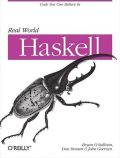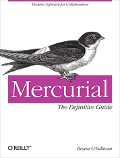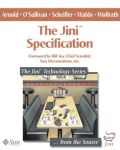The notion of a thread, as a sequential flow of control, dates back to 1965, at least, with the Berkeley Timesharing System. Only they weren’t called threads at that time, but processes [Dijkstra, 1965].
Processes interacted through shared variables, semaphores, and similar means. Max Smith did a prototype threads implementation on Multics around 1970; it used multiple stacks in a single heavyweight process to support background compilations.
Perhaps the most important progenitor of threads is the programming language PL/I, from about the 1965 time frame. The language as defined by IBM provided a CALL XXX (A, B) TASK; construct, which forked a thread for XXX. It is not clear whether any IBM compiler ever implemented this feature, but it was examined closely while Multics was being designed; it was decided that the TASK call as defined didn’t map onto processes, since there was no protection between the threads of control. So Multics took a different direction, and the TASK feature was removed from PL/I by IBM in any case, along with the ABNORMAL attribute and lots of other weird stuff.
Then came Unix, in the early 1970s. The Unix notion of a “process” became a sequential thread of control plus a virtual address space (incidentally, the Unix notion of a process derived directly from the Multics process design [Saltzer, 66]). So “processes”, in the Unix sense, are quite heavyweight machines. Since they cannot share memory (each has its own address space), they interact through pipes, signals, etc). Shared memory (also a rather ponderous mechanism) was added much later.
After some time, Unix users started to miss the old processes that could share memory. This led to the “invention” of threads: old-style processes that shared the address space of a single Unix process. They also were called “lightweight”, by way of contrast with “heavyweight” Unix processes. This distinction dates back to the very late 1970s or early 1980s, i.e. to the first “microkernels” (Thoth (precursor of the V-kernel and QNX), Amoeba, Chorus, the RIG-Accent-Mach family, etc).
On a side note, threads have been in continuous use in telecommunications applications for quite a long time.
See also:
- [Cheriton, 79] Cheriton, D. R., Multi-process structuring and the Thoth operating system, Ph.D. Thesis, University of Waterloo, 1979.
- [Daley & Dennis, 68] Daley, R. C., Dennis, J. B., Virtual memory, processes, and sharing in Multics, Comm. ACM 11, 306-312, May 1968.
- [Dennis & van Horn, 66] Dennis, J. B., van Horn, E. C., Programming semantics for multiprogrammed computations, MAC-TR-21, 1966.
- [Dijkstra, 65] Dijkstra, E. W., Cooperating sequential processes, in Programming Languages, Genuys, F. (ed.), Academic Press, 1965.
- [Saltzer, 66] Saltzer, J. H., Traffic control in a multiplexed computer system, MAC-TR-30 (Sc.D. Thesis), July, 1966.



Leave a Reply